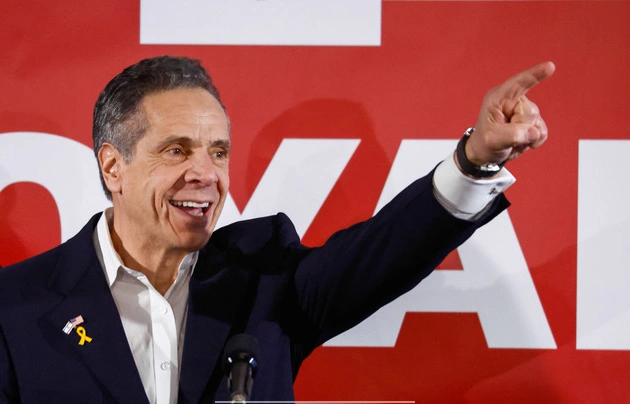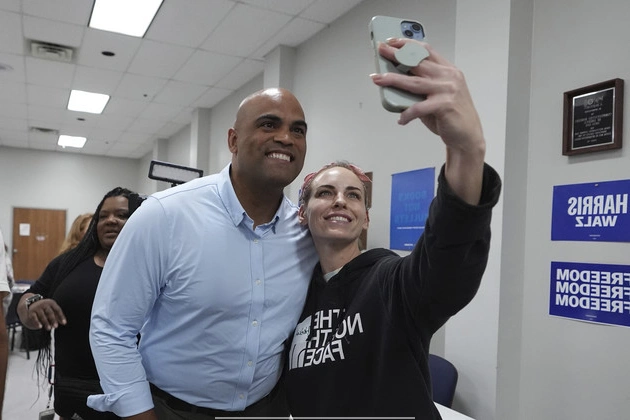
Andrew Cuomo continues to dominate New York City’s Democratic mayoral primary with a double-digit lead in a new poll. A Marist College survey, conducted during the first week of May, showed Cuomo defeating second-place opponent Zohran Mamdani by 24 points in the fifth round of ranked-choice voting, when the ex-governor clears the 50 percent threshold to win. Marist released the findings Tuesday, six weeks before voters will select their Democratic nominee.
Cuomo’s Strong Performance
City Council Speaker Adrienne Adams — who entered the race late, and has yet to amass enough money to air ads or qualify for public matching funds — placed third in the first round of a ranked-choice simulation. Cuomo received 44 percent in that first round, to Mamdani’s 22 percent and Adams’ 11 percent. City Comptroller Brad Lander, who started in fourth place at 10 percent, finished in third place before being disqualified. The rest of the field — former Comptroller Scott Stringer, state Sens. Zellnor Myrie and Jessica Ramos, former Assemblymember Michael Blake and businessperson Whitney Tilson — were in the single digits.
Cuomo won with 53 percent to Mamdani’s 29 percent and Lander’s 18 percent, the poll found. Despite facing setbacks, Cuomo’s lead remains significant.
Challenges and Competitors
The survey is the latest to show a notably stagnant race, despite a series of setbacks for the ex-governor, who resigned in 2021 after a state attorney general investigation determined he sexually harassed 11 women — charges he denies. His opponents have tried to capitalize on campaign problems that undermine Cuomo’s defining theme of competence.
Still, denting his imposing lead is an increasingly steep hill for Cuomo’s rivals to climb before the closed June 24 primary. Marist conducted its poll of 3,383 likely Democratic voters from May 1 through May 8, providing valuable insights into voter sentiment and preferences.
Ranked-Choice System
New York’s ranked-choice system, which is relatively new, allows voters to select up to five candidates in order of preference. The share of votes for lower-ranked candidates are redistributed as they get eliminated until two candidates remain. This system presents both challenges and opportunities for candidates like Cuomo and his competitors.
Andrew Cuomo’s steady performance and lead position reflect voter sentiment and strategic positioning in the race. As the election date approaches, the dynamics of the campaign may shift, but Cuomo’s current advantage is clear.











